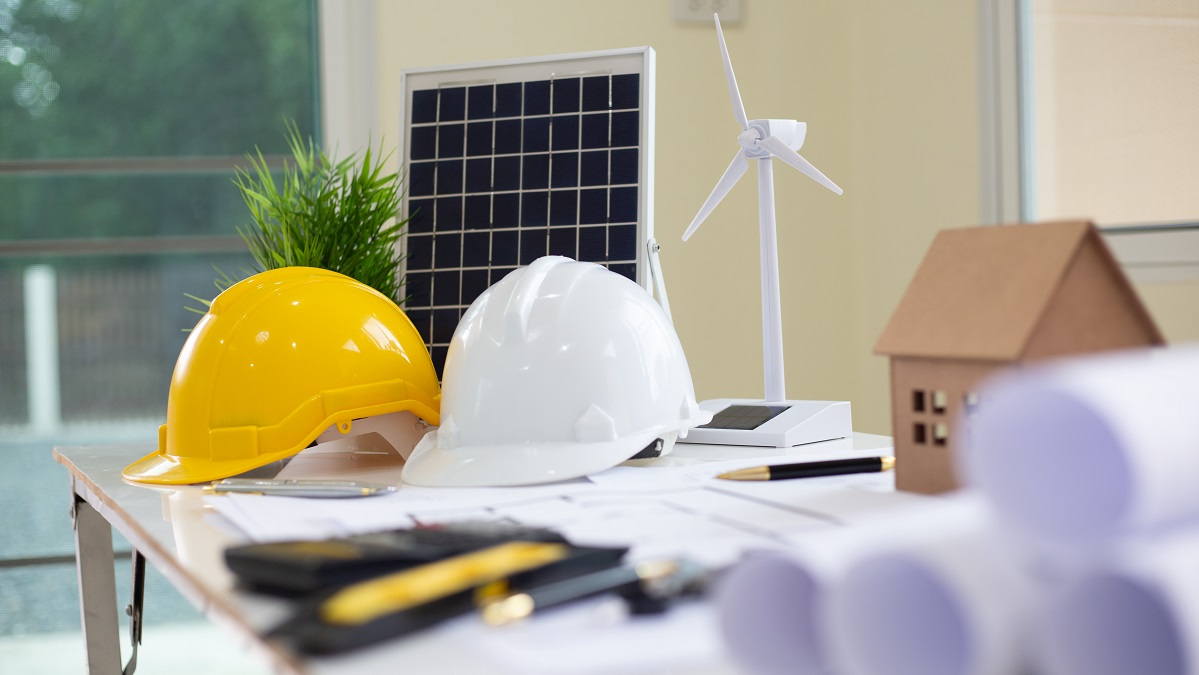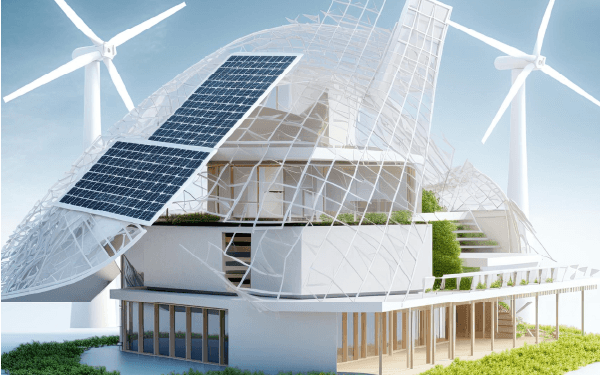In the quest for a more sustainable and equitable world, civil engineers play a pivotal role in realizing the aspirations outlined in the United Nations’ Sustainable Development Goals (SDGs). These global targets encompass a wide range of social, economic, and environmental objectives aimed at eradicating poverty, promoting prosperity, and protecting the planet. In this blog, we explore the ways in which civil engineers can contribute to achieving the SDGs and advancing sustainable development.
1. Goal 9: Industry, Innovation, and Infrastructure
Goal 9 emphasizes the importance of building resilient infrastructure, promoting inclusive and sustainable industrialization, and fostering innovation. Civil engineers are at the forefront of designing and constructing infrastructure that supports economic growth, social inclusion, and environmental sustainability. This includes transportation networks, water and sanitation systems, energy grids, and telecommunications infrastructure. By incorporating principles of resilience, efficiency, and inclusivity into infrastructure projects, civil engineers can help bridge the infrastructure gap and promote sustainable development for all.
2. Goal 11: Sustainable Cities and Communities
Goal 11 focuses on making cities and human settlements inclusive, safe, resilient, and sustainable. Civil engineers play a critical role in urban planning, design, and management, shaping the built environment in ways that promote liveability, equity, and environmental sustainability. This includes designing compact, walkable neighbourhoods with access to green spaces, public transportation, and affordable housing. By embracing principles of sustainable urbanism, such as mixed-use development, smart growth, and green infrastructure, civil engineers can create cities and communities that are more resilient, vibrant, and socially inclusive.
3. Goal 6: Clean Water and Sanitation
Goal 6 aims to ensure availability and sustainable management of water and sanitation for all. Civil engineers are instrumental in designing and implementing water supply and sanitation systems that provide safe and reliable access to clean water and adequate sanitation facilities. This includes developing water treatment plants, sewage systems, and stormwater management infrastructure to protect water quality and ensure public health. By promoting water conservation, pollution prevention, and watershed management, civil engineers can contribute to achieving universal access to clean water and sanitation, particularly in underserved communities.
4. Goal 13: Climate Action
Goal 13 calls for urgent action to combat climate change and its impacts. Civil engineers play a key role in both mitigating and adapting to climate change by incorporating climate resilience into infrastructure design and construction. This includes designing infrastructure to withstand extreme weather events, rising sea levels, and other climate-related hazards. Additionally, civil engineers can promote renewable energy, energy efficiency, and sustainable transportation solutions to reduce greenhouse gas emissions and mitigate the drivers of climate change.
5. Goal 7: Affordable and Clean Energy
Goal 7 aims to ensure access to affordable, reliable, sustainable, and modern energy for all. Civil engineers can contribute to this goal by designing and implementing renewable energy systems, such as solar, wind, hydroelectric, and geothermal power plants. By promoting energy efficiency and integrating renewable energy technologies into infrastructure projects, civil engineers can help reduce dependence on fossil fuels, mitigate air pollution, and improve energy access in underserved communities.
Conclusion:
In conclusion, civil engineers have a vital role to play in advancing the Sustainable Development Goals (SDGs) and promoting sustainable development worldwide. By integrating principles of sustainability, resilience, and inclusivity into their work, civil engineers can contribute to building a more prosperous, equitable, and resilient future for all. As stewards of the built environment, civil engineers have the opportunity and responsibility to drive positive change and create lasting impacts that benefit current and future generations. Through innovation, collaboration, and a commitment to sustainability, civil engineers can help turn the vision of the SDGs into reality, leaving a legacy of progress and prosperity for generations to come.





